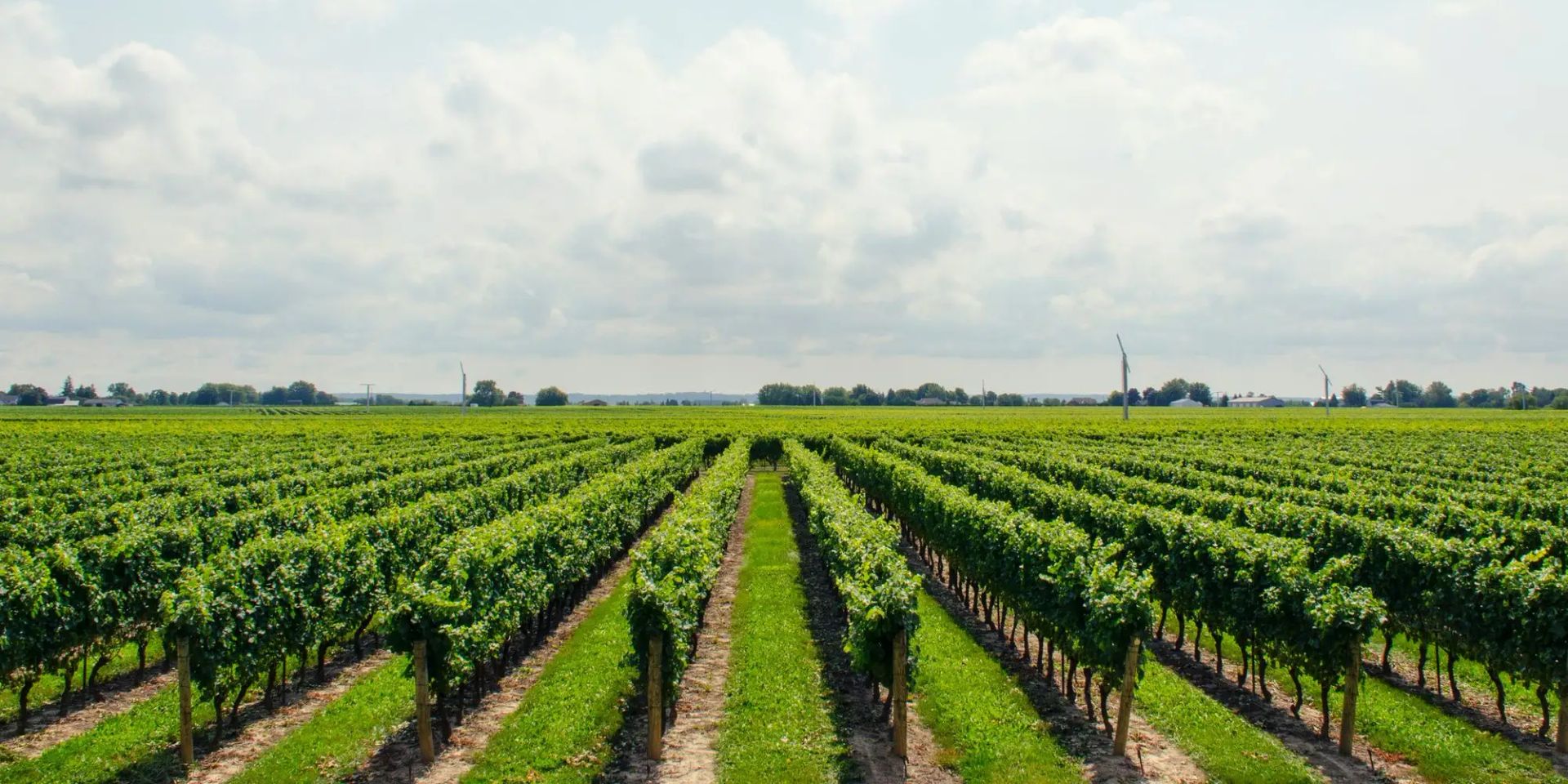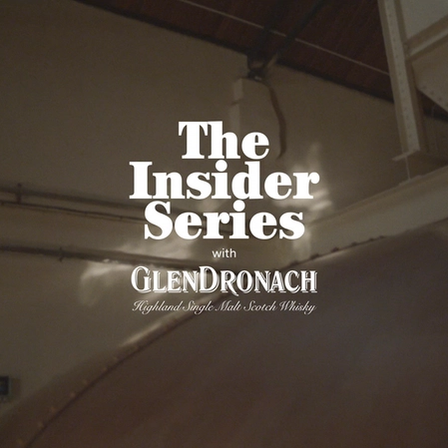- Insights
What Wine Should You be Buying in 2023?
- Words By Rupert Millar

Excited to begin your adventure in collecting wine, you encounter your first hurdle: what to buy?
Deciding what to buy can leave even a relatively confident and knowledgeable wine lover stumped. Wines from regions such as Bordeaux, Burgundy and Champagne are classics. But unless you possess sufficient funds to acquire the very top labels year after year, knowing what wines will reward your investment in either a great bottle to drink or sterling returns can be a mystery.
Here, of course, is where you lean on the experts. Read what the critics are saying about wines in your price range, ask your merchant for their advice they’ll be only too happy to help.
If you buy from and store with a merchant, you’ll often get invitations to tastings of their portfolio. Here you can judge for yourself what wines interest you most. And it’s important to always be open to trying wines from new places. You never know when a new ‘coup de coeur’ may strike.
There will always be a region or two that you prefer and whose wines will form the basis of your collection. But there’s no need to be restricted in your purchases. Don’t view wines from Napa or Barossa as alternatives to Bordeaux or The Rhône but as classics in their own right.
Trends in fine wine
The overarching trend when discussing fine wine today is the increase in the variety and quality of wines worldwide.
Although many classic regions and labels remain the absolute staple of many merchants’ lists and collectors’ cellars, anyone looking to collect wine now has an immeasurably greater choice than at any other time.
Many of the great producers outside of Europe have also evolved wonderfully distinct wines of their own. Inspired by the classic wines of Europe and with less aggressive application of oak and other winemaking techniques, the individual nature of their own terroirs is shining forth.
And in the classic regions too, there has been renewed vigour and an embrace of technology that enhances their wines, pushing them to ever more impressive levels.
Wine regions to watch
Bordeaux remains the epitome of French fine wine and the backbone of many a collection. And with good reason. The great châteaux of Bordeaux continue to put out exceptional wines which stand the test of time. However, pricing En Primeur continues to be an Achilles heel, with many wines often losing value in the immediate aftermath of campaigns and remaining depressed
The wines of Tuscany and Piedmont have really started to gain traction among a wider group of serious collectors in recent years. Superb wines, they also add variety to what can otherwise be a very francophone line-up of grapes and styles.
Rioja and Ribera del Duero have yet to break into the inner courtyard of ‘investment wines’ en masse. But any true lover of fine wine would be mad to pass up the immense quality and value on offer from the likes of López de Heredia, Marqués de Murrieta, Alvaro Palacios, Dominio de Pingus and Vega Sicilia.
Outside of Europe, there are increasingly rich pickings in the Americas and Antipodes. Once sold almost exclusively to mailing lists of domestic buyers, the wines of California’s top estates have started to seek out buyers further afield. As a result, the names Napa and Sonoma are becoming increasingly common on lists and international cellars.
Penfolds Grange and Hill of Grace remain Australia’s most recognisable fine wines, but from Margaret River to Mornington Peninsula, the country’s fine wine prowess is becoming increasingly clear.
The Cape Winelands of South Africa have really hit their stride in recent years. Stellenbosch and Franschhoek remain the home of smart Bordeaux blends, while beautifully made Pinot Noirs and Chardonnay can be found in Elgin and Walker Bay. The South Africans also have a good line in supremely drinkable white wines made from Sauvignon Blanc and, most of all, Chenin Blanc.
Finally, another region that has undergone a radical transformation is Beaujolais. Put aside any lingering notions of Beaujolais Nouveau in the past, well-made Beaujolais cru wines are the real deal, delicious, ageworthy – and won’t cost you the Earth. The wines of Morgon and Moulin-à-Vent in particular have the structure and elegance you’d typically associate with their cousins to the north.
Varieties and styles
Variety in your buying means variety in your cellar. The world of wine is big and caters to all styles and tastes.
Furthermore, as it becomes harder and more expensive to track certain wines down, it is foolish not to look elsewhere. Burgundy isn’t the only place producing great Pinot Noir, and not all the best sparkling wines come from Champagne.
And many wines from around the world are complementary. If you love Nebbiolo then Greece’s Xinomavro is worth investigating. South Africa does complex white wines as well as the Loire or Burgundy, and if you like Sémillon-rich white Bordeaux then Australia’s Hunter Valley has your name on it.
There’s a common saying that life’s too short to drink bad wine. It’s also too boring to limit yourself to just a few.
Our Cellar Plan
Beginning a wine collection is a great adventure. It can be daunting at the outset, but in time your confidence will grow along with your cellar.
A great way to start is to follow a cellar plan offered by a merchant.
We offer several such plans with different monthly rates that allow you to build a cellar at your own pace and with a high degree of variety.
Packages start at £250 per month and can include wines for short to long-term ageing and different occasions. The wines are sourced from classic regions such as Burgundy, Champagne, Piedmont and Rioja, as well as the USA, Germany, Portugal and even Greece.
All cellar plans give members access to the Decant Index (launching in 2025) and all wines are professionally stored with London City Bond. Find out more here.


